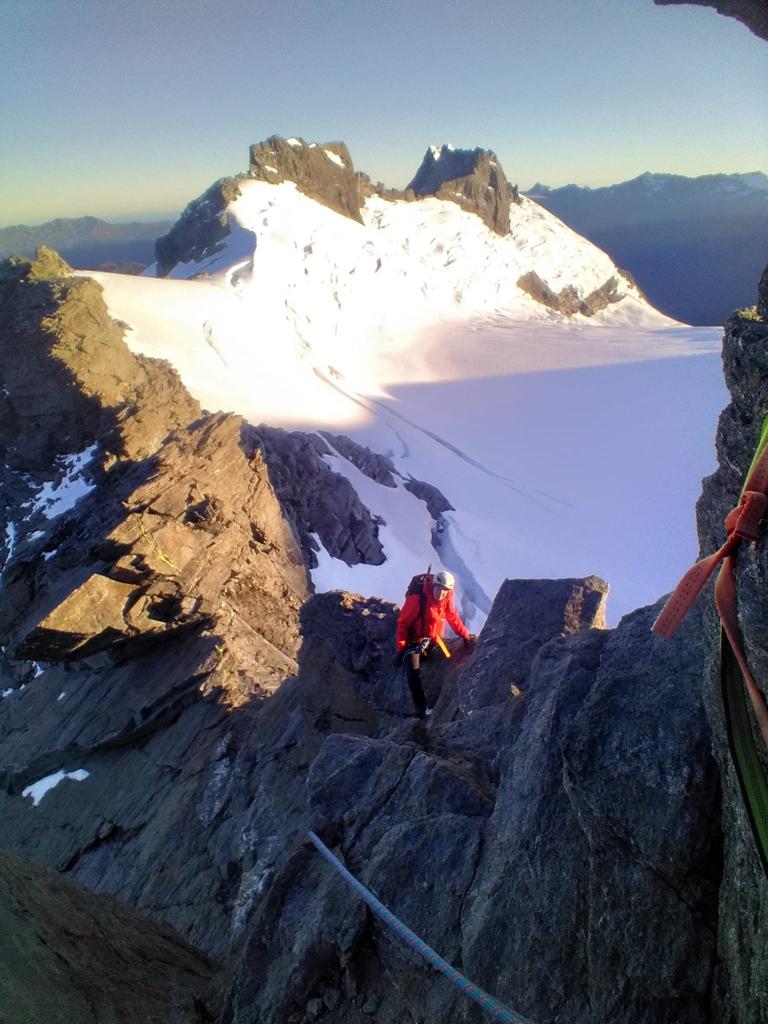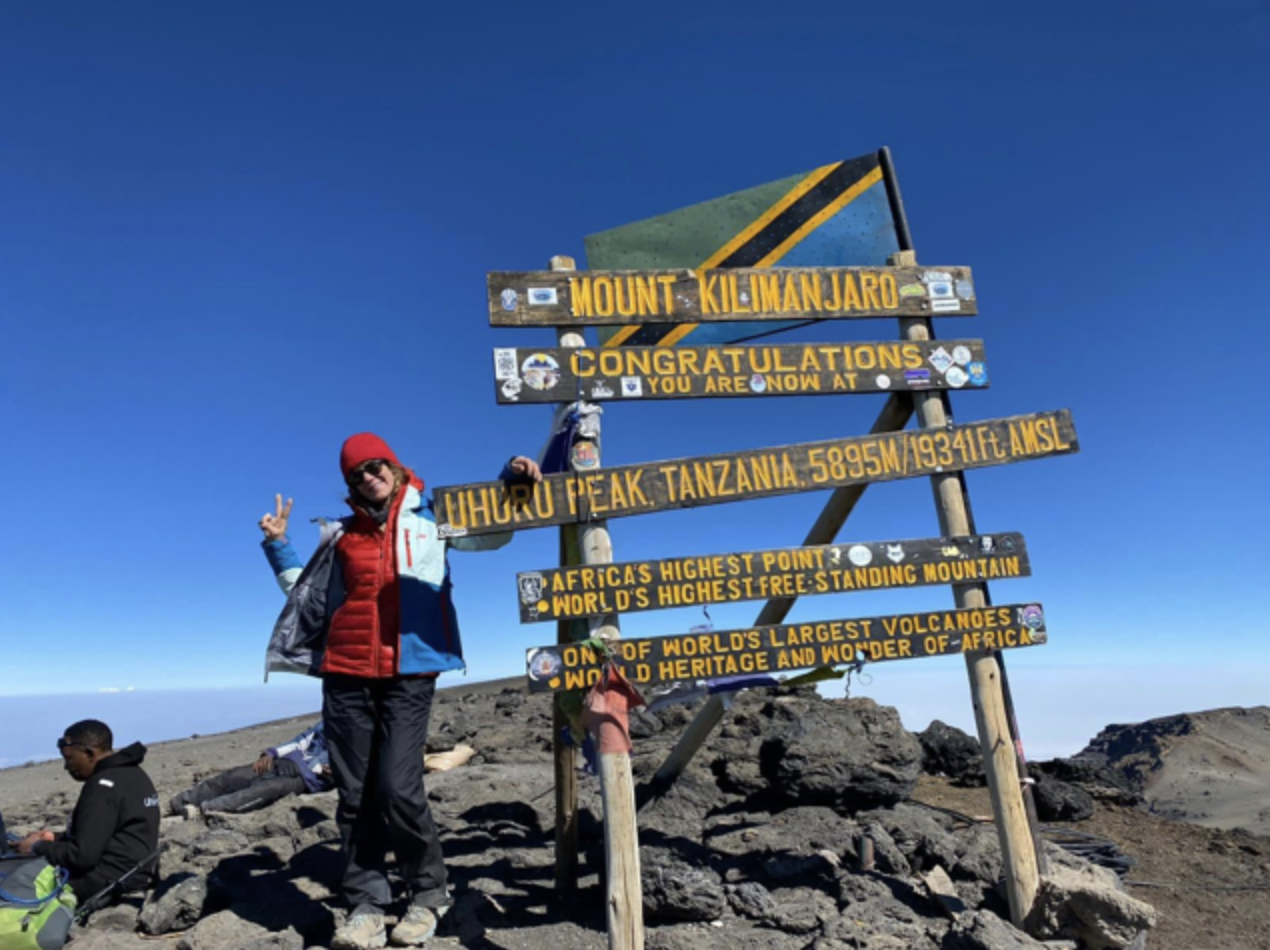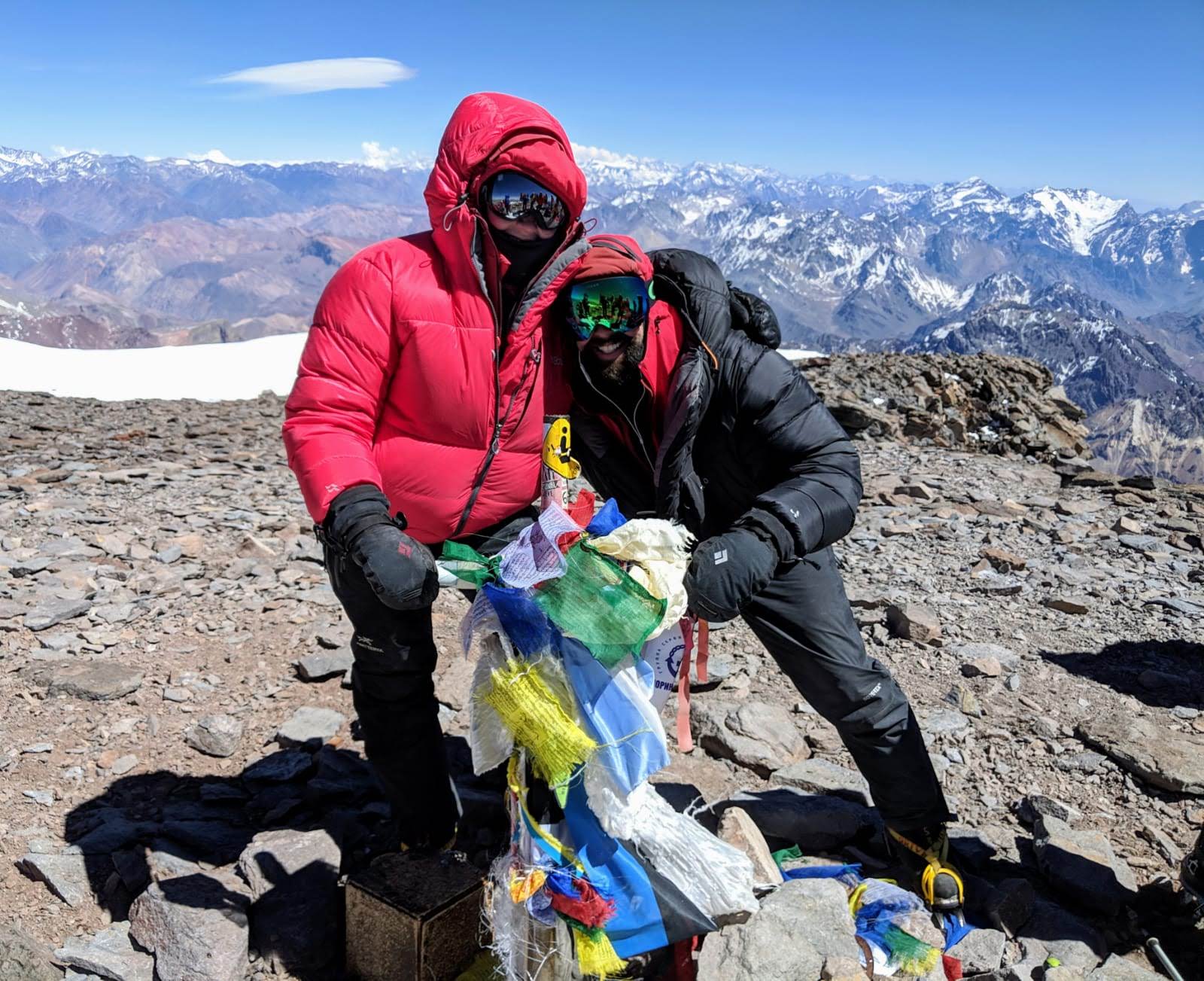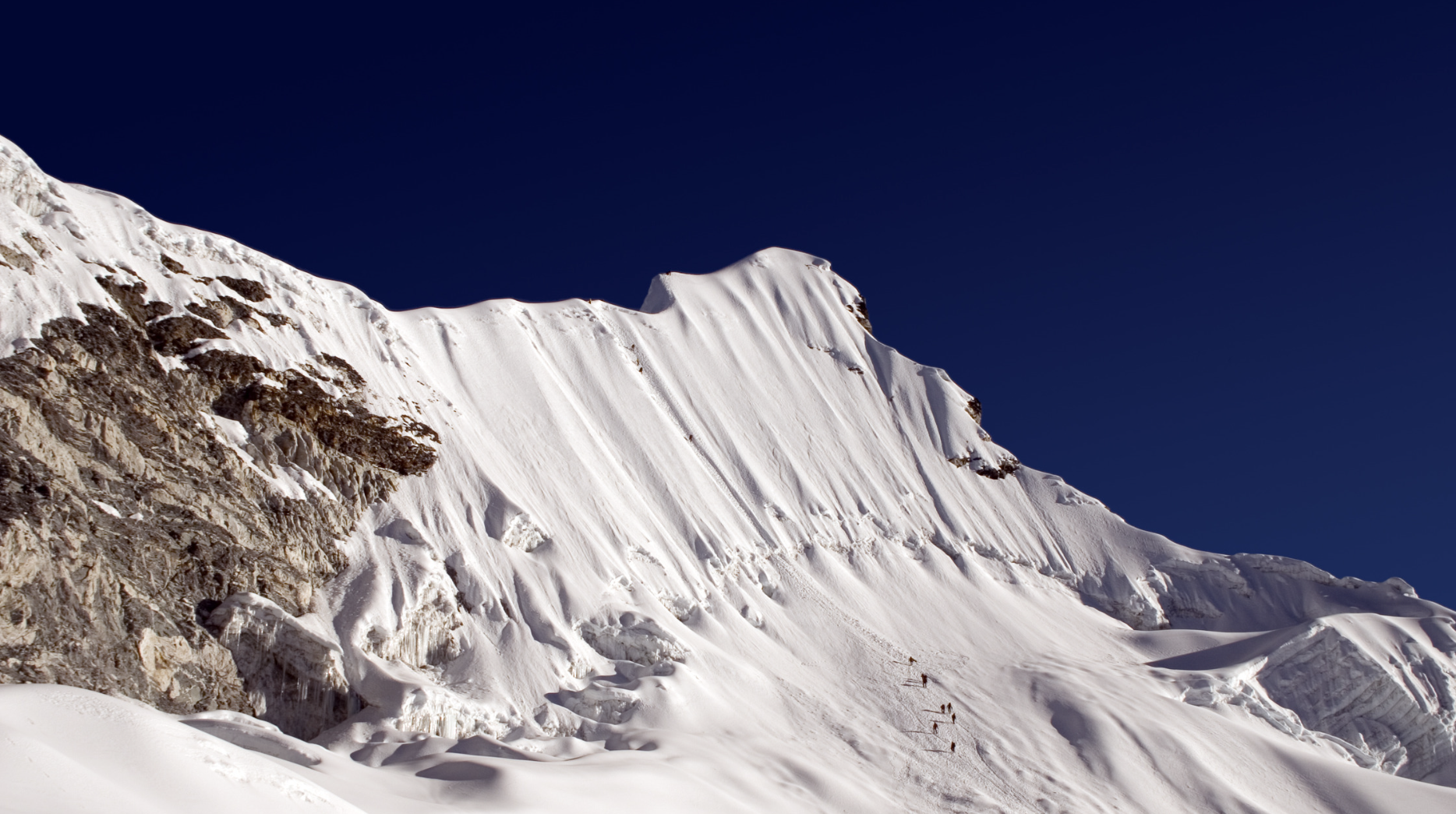Updated: Jun 6, 2020
Your day backpack is the small backpack that you will carry with as you move between camps, move higher on acclimatization routes and or the backpack you will carry with you on day treks. It should be light, comfortable and generally about 30 litres in size, with enough space to easily pack the essential items that you may or may not need throughout the day.
If you aren’t sure what those essentials items are then take a couple of minutes to read my blog titled “The 13 Items You Should Always Have In Your Day Backpack”. It is a must read if you are just starting out your mountaineering and trekking high altitude adventures, as well as for those more seasoned adventurers who struggle to define what should and shouldn’t be in their day backpack.
1. If it’s possible, unwrap most if not all of your sweet snacks and place them in a ziplock bag together. Doing this means you will be quick to grab a snack, which is especially useful if you’re rest stops aren’t long or if you have thick gloves on to protect your hands from the cold. Doing this also means there is less chance of accidental littering. I have seen it happen too often, watching a teammate try unwrap a sweet or candy bar with his or her gloves on, only to see the wrapper get swept away with a gust of wind.
2. Put your lip balm in an easy to get to pocket. You will more than likely use it fairly frequently throughout the day, especially if the wind picks up and causes your lips to chap.
3. Put the small, quick snacks, like boiled sweets, in easy to access pockets so that if you are running low on energy, you can easily grab one without having to stop and take your entire backpack off. This is especially important the higher up you get, as your appetite will most likely diminish. Having something that is easy to get to will mean you are more likely to eat it and keep your energy up rather than having to ferret around at the bottom of your bag or check 12 different pockets for one snack.
You’ll see I mention ziplock bags a lot – they have never failed me in keeping my documents dry and are always useful at some point again in your journey. Whether it’s to store a bit of used toilet paper or to separate your snacks into smaller portions, ziplock bags always come in handy.
4. Always have your Identification Documents & insurance Documents in a waterproof bag or in a ziplock bag.
5. Pack your Goretex® jacket & trousers in the outer most pocket. If you don’t have a top pocket then make this your last item you pack. If it starts raining suddenly then you will need to be able to quickly grab it without wasting time and without taking out any of your other gear (like your fleece/down jacket that are not waterproof) in order to find it.
6. If you are trekking or climbing through below zero temperatures, turn your water bottles upside down so that if they do start freezing then they will freeze from the bottom, making it possible to still drink your fluids.
7. Hang your antibacterial hand sanitizer in the front of your backpack so you can use it regularly without having to stop and dig around in your backpack for it.
You may have noticed a key trend with all of these tips:
Packing your day backpack is all about packing it to be as convenient as possible.
At altitude, you are often physically exhausted which makes even the smallest of tasks quite frankly, a pain in the arse. Simple things like keeping hydrated and regularly eating become a chore if they are not easy to do.
Sometimes you are mentally foggy or slow from exhaustion or from the altitude, which makes you often forget where and how you have packed your things. Using the same pockets for specific items and the same packing technique takes out the mentally guessing as to where things are in your bag.
The other factor that makes packing for convenience so important is that at altitude, some people lose their appetite. It is difficult enough to eat when you’ve lost your appetite but even more so if you can’t get to your food easily.
Using these packing techniques will make a huge, huge difference to your day to day trekking and climbing. When you are high above sea level in harsh conditions with altitude sickness banging on your front door, you will be very grateful that you have a specific way of packing, while your teammates fumble around and become increasingly irate as they misplace things in their backpack.





